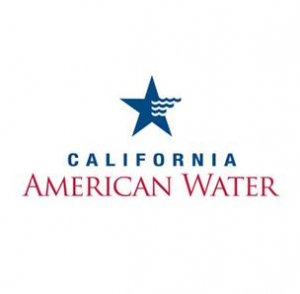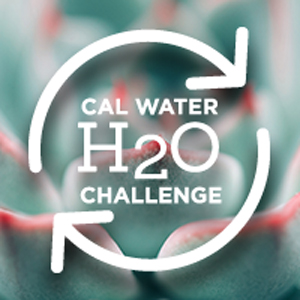The California Water Association (CWA) submitted a comment letter on August 25 to the State Water Resources Control Board (SWRCB) recommending a statewide program with multiple funding sources for low-income households that qualify for financial assistance to pay water bills. The SWRCB is developing a plan for the Low-Income Water Rate Assistance Program (LIRA) in collaboration with the State Board of Equalization and other relevant stakeholders, including the California Public Utilities Commission (CPUC), to comply with the law enacted in 2015 (Assembly Bill 401 – Dodd). That bill requires the SWRCB, no later than January 1, 2018, to develop a plan for the structure, funding and implementation of the LIRA program and report on the plan to the Legislature by February 1, 2018, including any recommendations for additional legislative action.
Prior to a second series of public meetings in June, July and August, the SWRCB developed topics for comment, including three key program scenario features:
- Eligibility: the number of households qualified based on socioeconomic criteria
- Household benefit: the type and level of annual financial assistance
- Potential annual program costs: number of eligible households x household benefit
Additionally, the SWRCB developed four program scenario alternatives:
- Scenario #1: All state households below 200% of the federal poverty line (FPL) are enrolled in a statewide program offering 20% discount off their monthly bill.
- Scenario #2: All state households below 200% of FPL and paying less than $100 on their monthly water bill receive a 20% discount; households below 200% of FPL paying $100 or more on their monthly water bill receive a 35% discount.
- Scenario # 3: All state households below 200% of FPL who are not served by a CPUC-regulated water system with an existing LIRA are enrolled in a separate, unified program offering 20% discount
- Scenario # 4: All state households below 200% of FPL who are served by a water system not currently offering a compliant LIRA are enrolled in separate, unified program offering 20% discount
In its comment letter, CWA said an assistance program “whereby all state households below a well-considered affordability threshold would be eligible to enroll in a statewide program offering a benefit equal to an appropriate discount on the water bill” is the most preferable of the four program alternatives currently under consideration.
CWA pointed out that California should follow the lead of national organizations, including the U.S. Environmental Protection Agency and the Water Research Foundation, both of which shy away from a name, such as “Low Income Rate Assistance,” in favor of simply “Customer Assistance Programs.” CWA, for these purposes, favors “Low Income Customer Assistance” (LICA) as the label, with the corresponding acronym, that should be adopted by the state because it is more accurate (it is the customer being assisted, not the water rate).
CWA noted that a single, centrally administered statewide program should address one of the major challenges posed by a utility-specific subsidy program: the demographics of individual water service districts. Where a large percentage of households in a district is eligible for the low-income discount, the contributions of the few go to support the many. This raises concerns about the fairness of the burden placed on customers not eligible for assistance, especially those facing economic hardships. In CWA’s view, statewide support for low-income assistance programs would remedy this problem without creating new burdens for those not eligible for such benefits.
With respect to costs, CWA said all appropriate steps should be taken to avoid redundant or preventable administrative expense. A more critical and relevant question is whether the estimated costs for a large, statewide assistance program are reasonable and acceptable for the non-eligible customers to absorb. At this point, water bills for non-eligible customers are considered affordable. Even for eligible low-income households, the water bill itself is not the problem; it’s the fact that all household costs are rising and certain low-income households need assistance in paying for their essential household needs, not just the water bill.
CWA explained that its Class A water utility members (i.e., those with more than 10,000 service connections) have had LICA programs in their service areas for many years. These programs vary to some degree from company to company to address district- and company-specific circumstances, but all of them provide qualified ow-income customers with a discount on their water services. In addition to helping those customers, the programs also further the CPUC’s Water Action Plan objective to “set rates that balance investment, conservation and affordability.”





